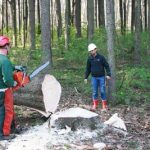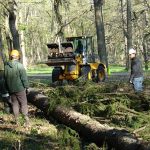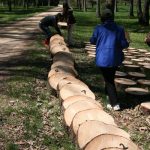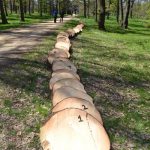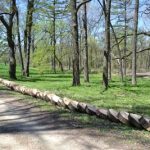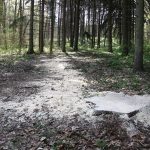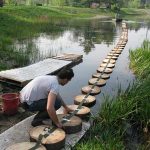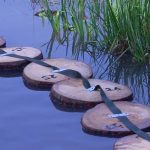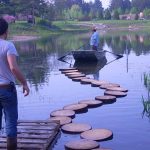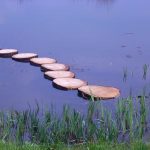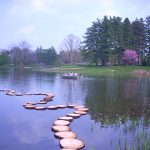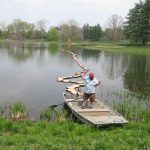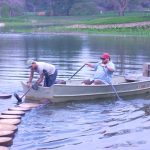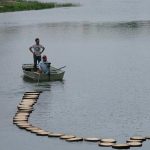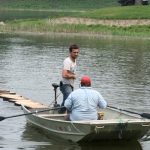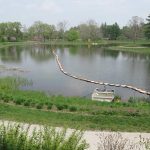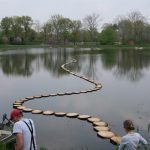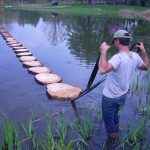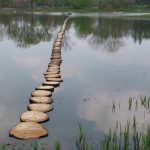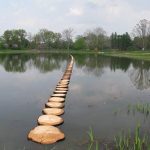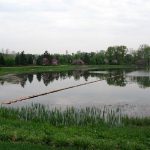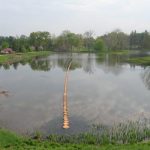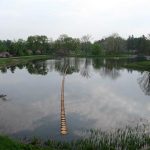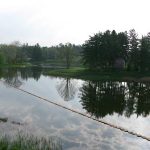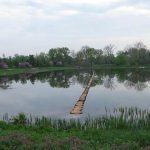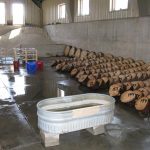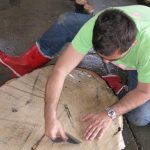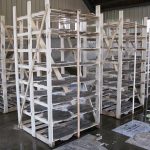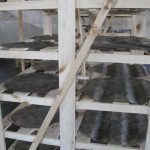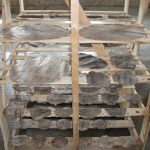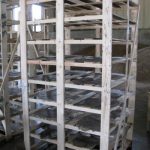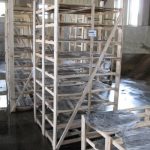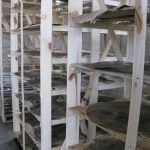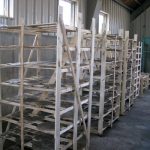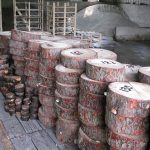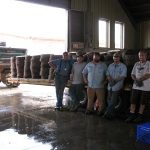Nature Unframed
The Morton Arboretum Lisle, IL , USA.
2011
The exhibition will reveal how trees at The Morton Arboretum inspired artists to develop a diverse and surprising set of creations. “Nature Unframed: Art at the Arboretum” displays eleven striking and sometimes towering works of art. Renowned artists from around the world designed their pieces specifically based on how they “read” the unique landscape “galleries” where the works will be displayed. The art will complement stunning beauty at the Arboretum, which features the largest collection of flowering ornamental trees in the Midwest.
The project has initiated a series of “experimental devices” through various orchestrated stages of transformation based on progressive modification. This results in an artistic endeavor that reflects the anthropological, social and environmental conditions of such a creative process.
Trees through my perception are structural organisms.
Are like communal cities were each citizen or resident feel the hostility, the comfort to adapt and the safety of a well-planned system of functions. The tree that I am currently using for the sculptural installation is the vessel that can carries us to an other stage of existence, an experience of the symbolic, a spatial and conceptual decomposition, further from the principles of physics or the ontologism. Trees are temples of hidden mysteries.I am attempting to turn my work into, an implication for epistemology where the measure of time would be Walter Benjamin’s “mystical now,” and “where the symbol would absorb sense” into its hidden material that assumes initially a structure and shape that allow it to adjust to changes and hence continue to exist.
The work makes public something other than itself; it manifests something other; it is an allegory. In the work of art something other is brought together with the thing that is made. To bring together is, in Greek συμβαλειν; the work is a symbol[1].
[1](Martin Heidegger, “The Origin of the Work of Art,” in “Poetry, Language, Thought”, trans. Albert Hofstadter (New York -Harper and Row 1971) 19-20; quoted in Craig Owens, The allegorical impulse, Toward a theory of Postmodernism “October” 12, Spring 1980).
The Norway Spruce




